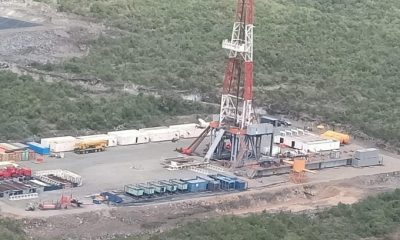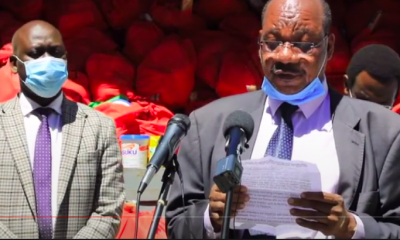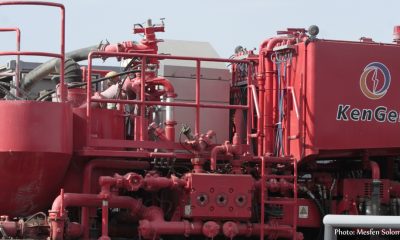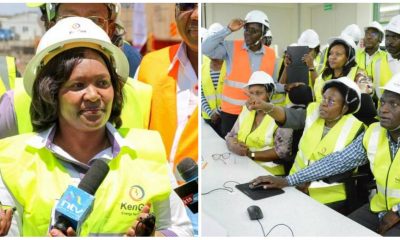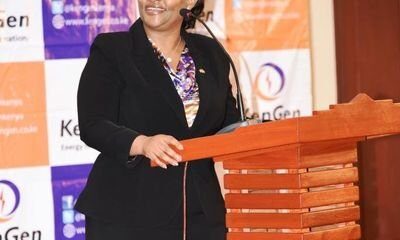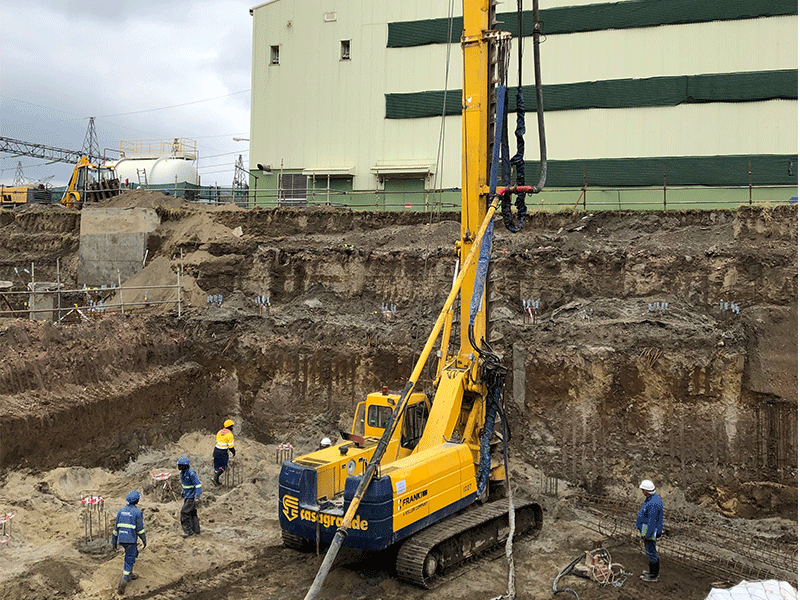
Franki Africa team at the Olkaria VI site
A recent article on the website written by top construction company Franki Africa (a Keller company) revealed that the company had embarked its involvement in the laying of the foundations of a new geothermal production plant at Naivasha region in Kenya’s vast rift valley. The company also revealed that the project was a further expansion of Olkaria, the largest geothermal power plant complex of its kind in Africa. The new plant dubbed “Olkaria VI will be the sixth addition of the Olkaria geothermal power production units.
Upon its completion, Olkaria is set to cement is place as the largest geothermal generation power plant complex in the African continent. The project is run by KenGen which is revered as the biggest geothermal production company across the sub-saharan Africa region.
The top construction company Franki Africa have been appointed to design, install and test the pile foundations for the Olkaria Unit 6. The Unit 6 is set to be the latest addition to the ongoing expansion to the Olkaria I geothermal power station. It is expected to inject 140MW or thereabouts to the National Grid upon completion.
Olkaria I the envelope is a series of six sister power stations in the area. Olkaria I, II, III and IV are currently producing power whereas Olkaria V is still under construction, with construction of Olkaria VI having been planned for 2021. In November 14, 2019 14 November KenGen began pre-qualification for the implementation of the 140MW Olkaria VI geothermal plant. The project will be developed on a build, own, operate transfer basis under the country’s public-private partnership framework.
Furthermore, in the report done by Franki Africa it has been revealed that a comprehensive geo-technical investigation had already been successfully done on the site. The results of this investigation formed an integral part of the foundation design as the Franki Africa in-house design team was able to use this valuable information to provide optimal foundation solutions to meet the stringent settlement criteria set down for the various structures.
The design included foundations for the turbine building, cooling tower, hot well, and scrubber areas. Initially a combination of two soil improvement techniques, (dynamic compaction and rigid inclusions) and a piled foundation were considered. After careful analysis and taking differential settlement into account, the team finally concluded piled foundations for all the structures would be the most suitable. The ground conditions were conducive to the CFA (Continuous Flight Auger) piling method.

 General News5 days ago
General News5 days ago
 General News2 days ago
General News2 days ago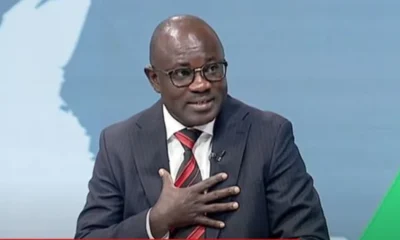
 Politics2 days ago
Politics2 days ago

